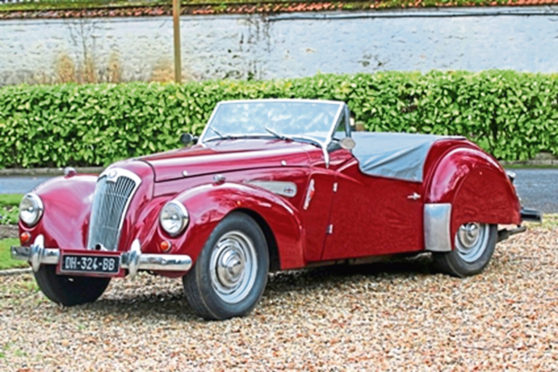Few people outside car enthusiast circles would today would know much about, or show much appreciation for, Lea Francis, although for many years it was a significant UK car maker. But like so many other manufacturers, fate was not always on its side….
The firm was launched by (surprise, surprise) Messrs Lea and Francis near Coventry in 1895, moving into car and motorbike making in the early 1900s. Initially they produced cars for Singer and later worked with Vulcan in Southport, but eventually built cars under their own name, often using bought-in major components. Over the years, about 10,000 Lea Francis cars were made, all with the firm’s strange radiator badge—a seahorse-cum-unicorn.
Their 1920s production was mainly of high-powered sports cars, under the names Hyper and Ace of Spades. And in 1928 they hit the headlines when a supercharged Lea Francis, driven by the then top driver Kaye Don, won the Ulster TT road circuit race. However, despite its repute, the firm often had financial difficulties and hit a low in 1937. A team of ex-Riley men acquired and renamed the firm and moved production to another Coventry site.
From 1939 to 1945 the firm focused on war output and in 1945 offered “new” models based on pre-war designs. To be fair, almost all other carmakers did the same and got away with it but Lea Francis struggled. After limping along for several years, at the 1952 Motor Show they showed a sensational sports car called the Lynx, painted mauve with gold trim. It got rave reviews but virtually no orders, so only three Lynxes were actually built, all prototypes.
The car-making side of Lea Francis finally folded in 1962, although the engineering side continued and was acquired by vehicle and motorbike component manufacturers Quinton Hazell. Over the decades various keen entrepreneurs have acquired the name and tried to rekindle the company, but with very limited success.
However, there is a thriving Lea Francis Owners’ Club and a remarkable number of Lea Francis cars survive. They appear at many classic car rallies and events, and often fetch top dollar at sales or auctions. The seahorse lives on.
